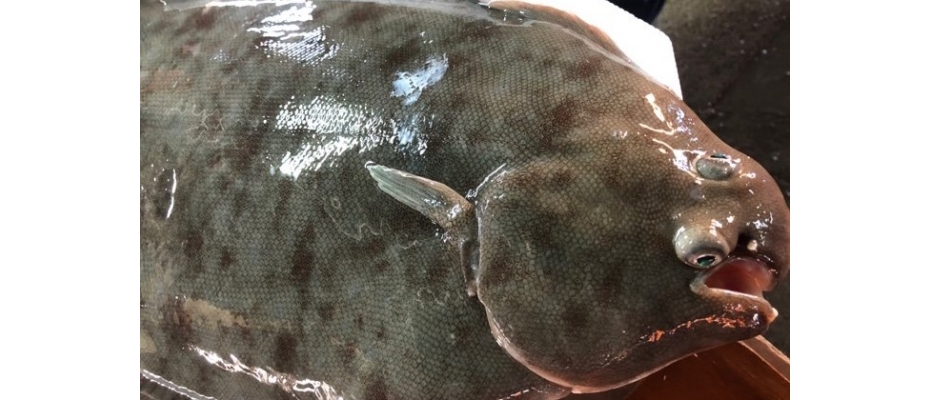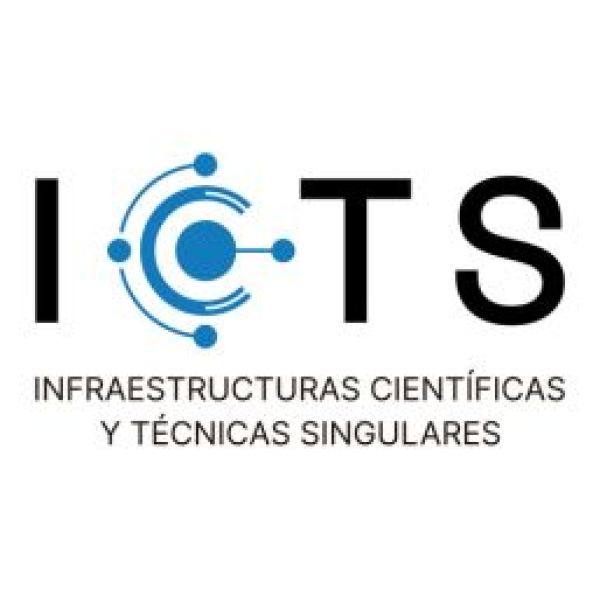
BCN, 27 Jan 2021.- Recent work, led by the Instituto de Investigación y Formación Agraria y Pesquera (IFAPA) and published in the journal Scientific Reports, integrates the physical and genomic map of the Senegalese sole and opens up new possibilities for the aquaculture and exploitation of the sole, a species of high economic interest in Europe.
The participation in the study of the Centro Nacional de Análisis Genómico (CNAG-CRG) has allowed the use of DNA sequencing with long reads, a technique that offers more informative data than regular short-read sequencing, which combined with genetic markers and bioinformatics analyses -including genome assembly- has managed to organize the sole genome into 21 chromosomes. This work has served as the basis to map genetic markers and know their distribution throughout the genome.
This genomic resource is highly valuable for sole aquaculture, since it offers detailed information to study the genes that determine the traits of commercial interest, such as growth rate. In addition, tools for chromosome mapping and parentage assignment, which are essential for genetic selection programs, have been validated.
IFAPA has been working in sole aquaculture for more than 20 years to optimize its production, both in technological developments and in strategies for disease prevention, improvement of its feeding and growth and morphological quality parameters. In addition, the genetic studies carried out so far have made it possible to collaborate closely with the industry to optimize their production and select the best animals for recirculating aquaculture systems.
Besides IFAPA and CNAG-CRG, other Spanish institutions have contributed to the study such as the Instituto Nacional de Toxicología y Ciencias Forenses, the Universidad de Málaga and the Universidad de Las Palmas de Gran Canaria.
Work of reference











